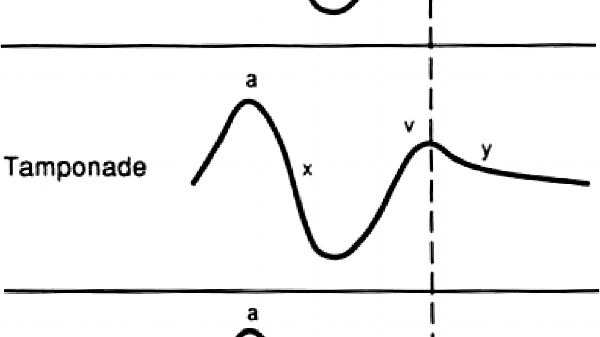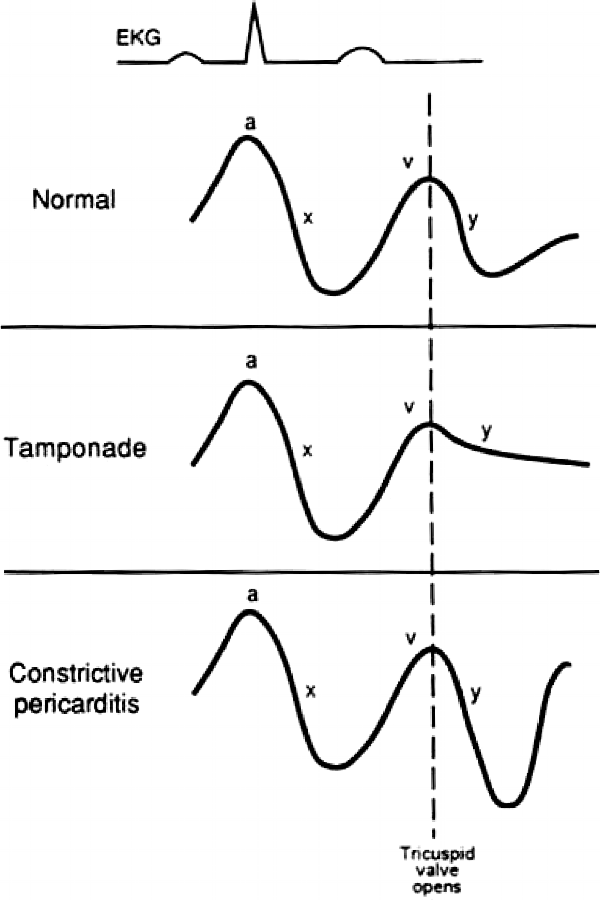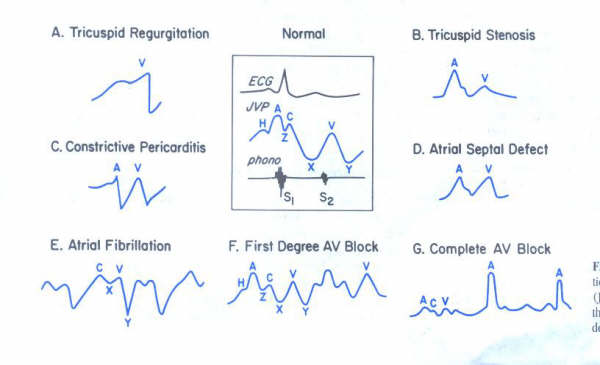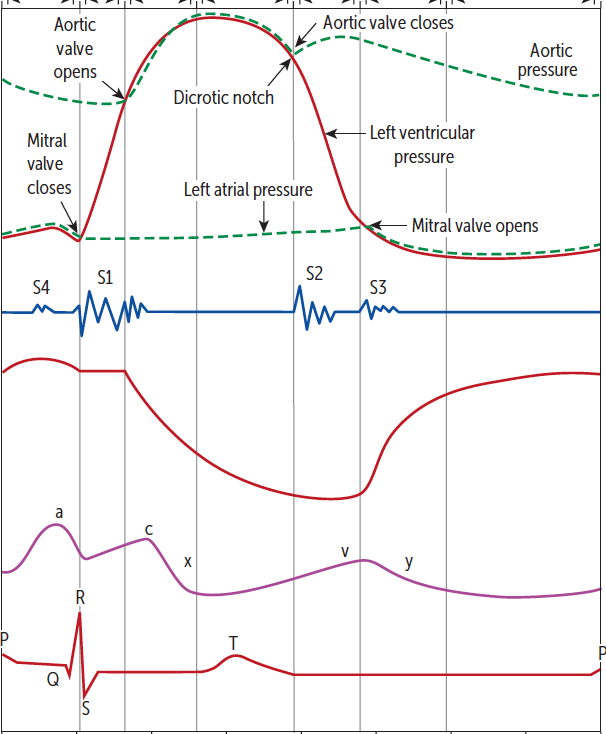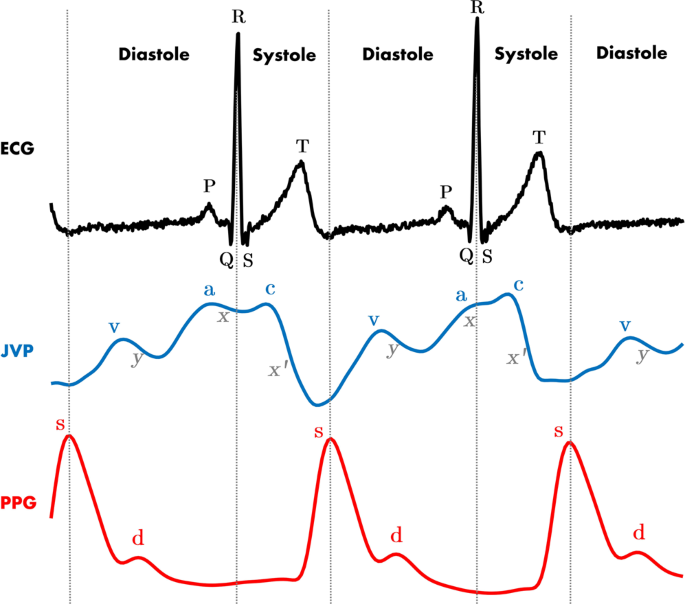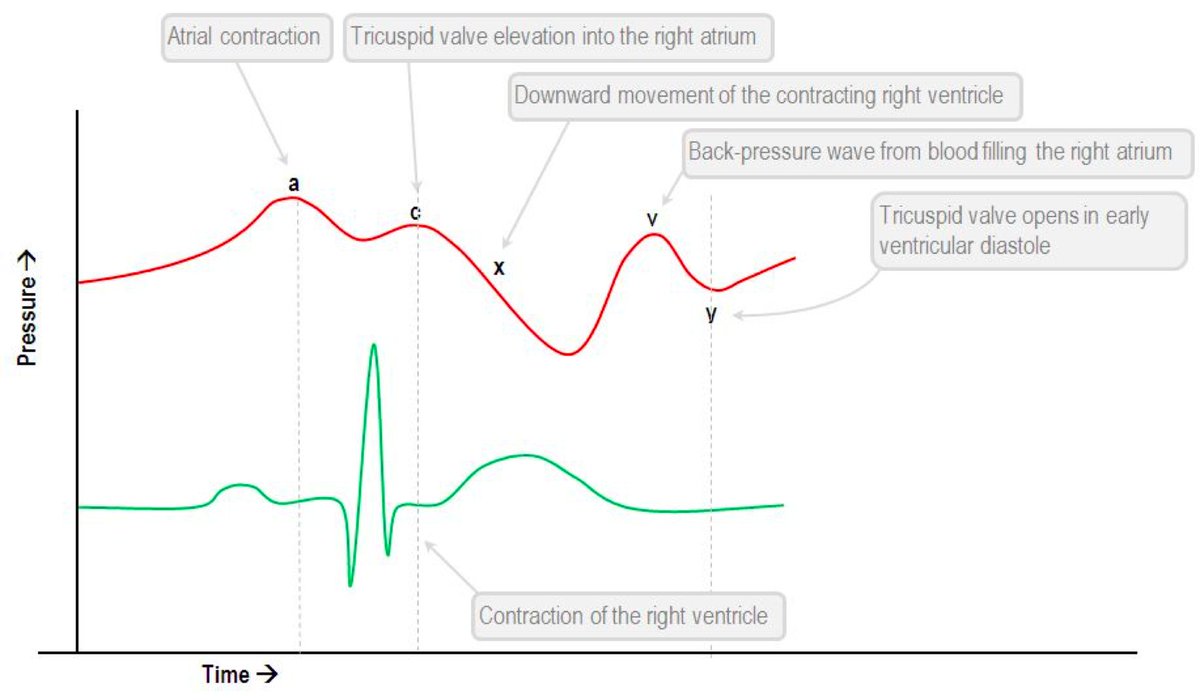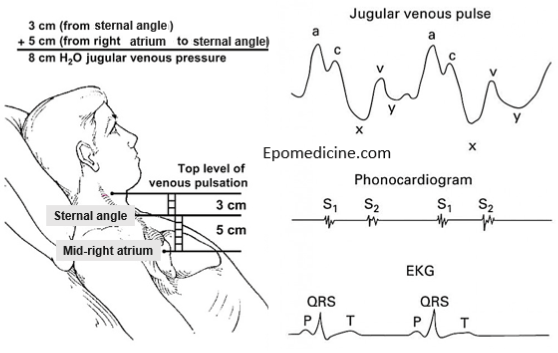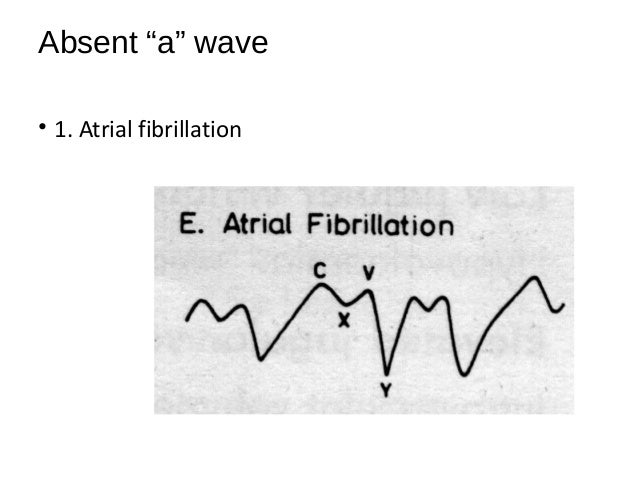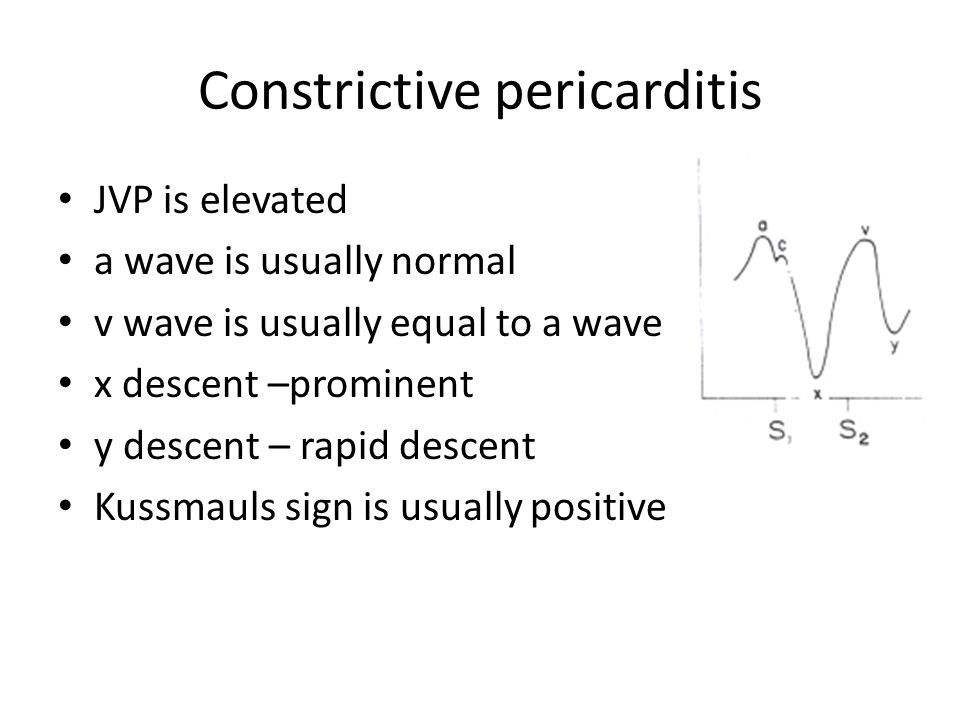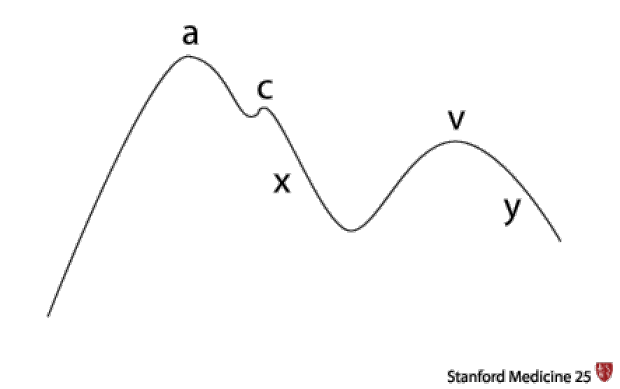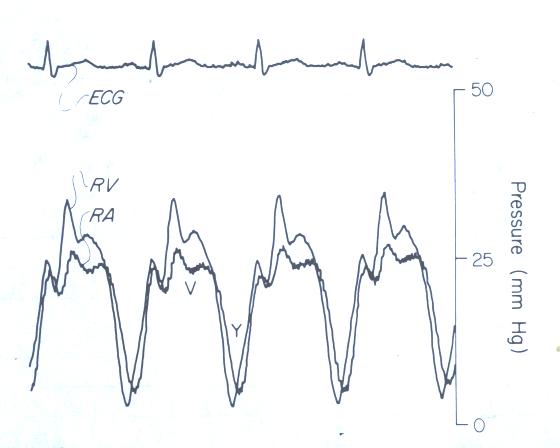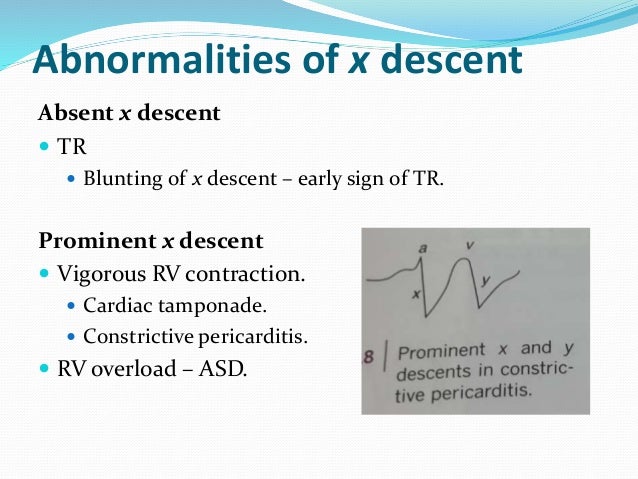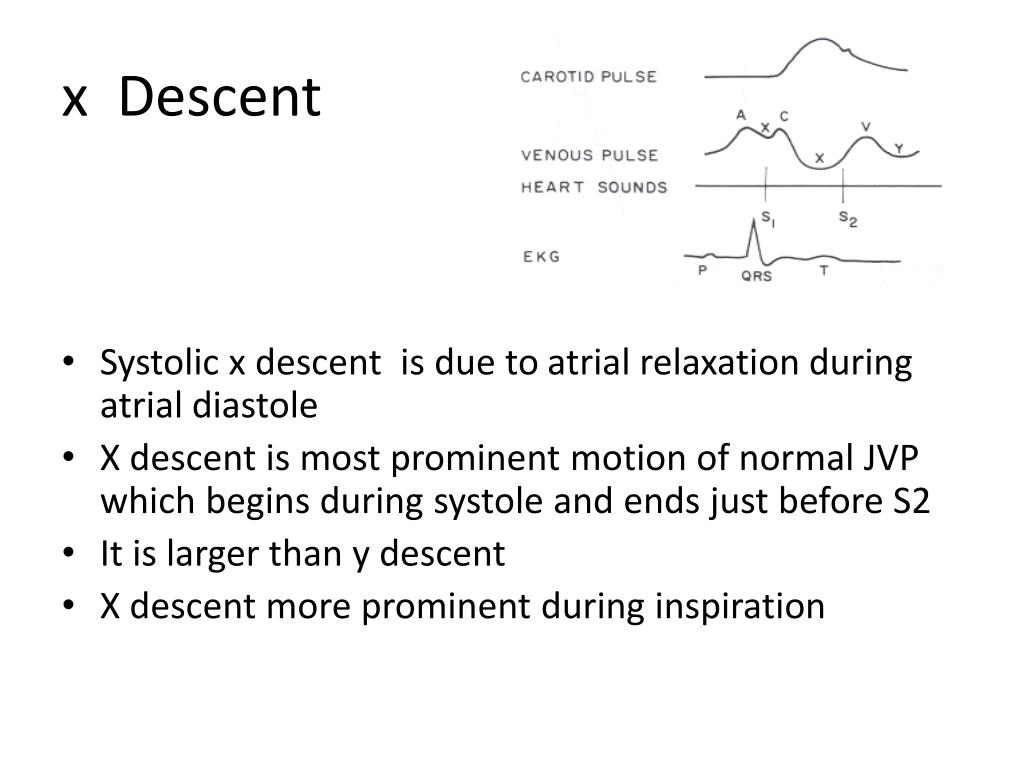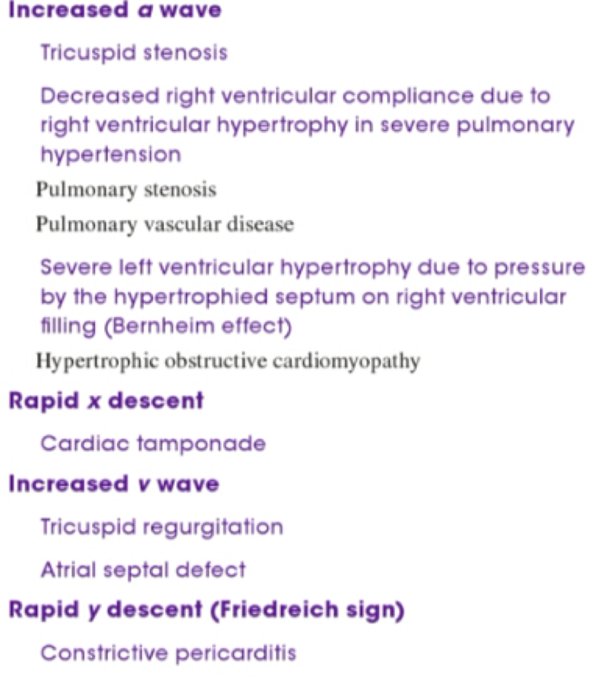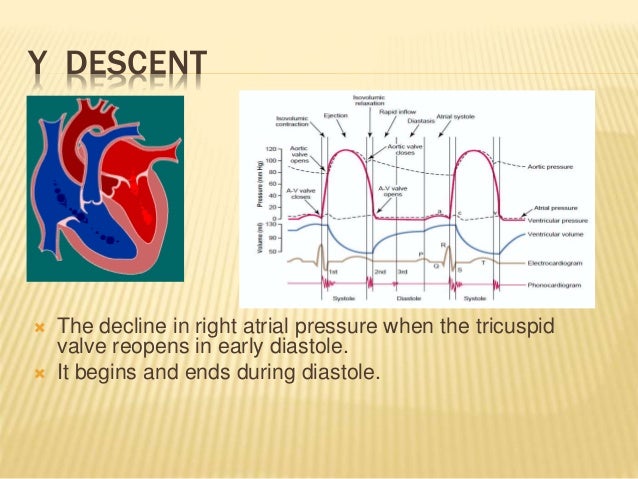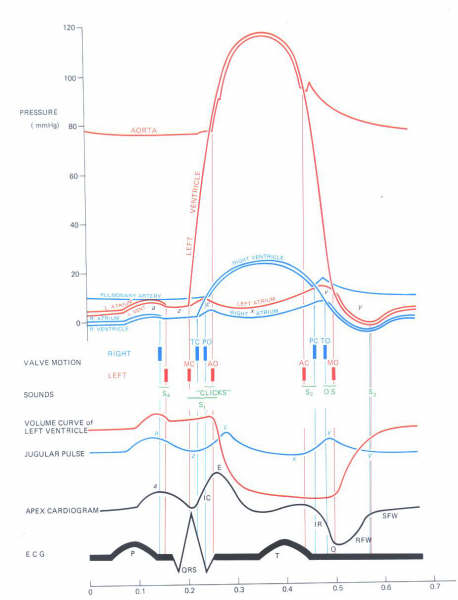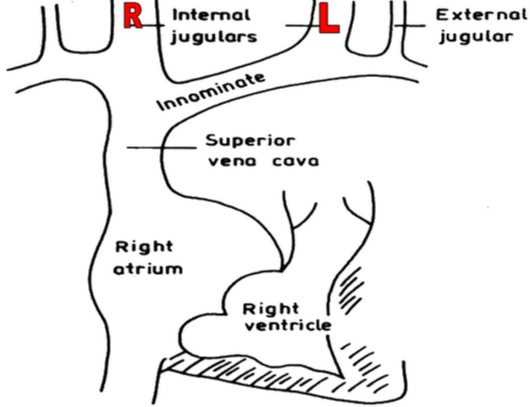X Descent Y Descent
The cvp waveform when interpreted correctly can have meaningful clinical implications.
X descent y descent. That s why we calculate two derivatives one with respect to θ and one with respect to θ. X and y are constants that come from data set points. The downward deflections of the wave are the x descent the atrium relaxes and the tricuspid valve moves downward and the y descent filling of ventricle after tricuspid opening. As we look for optimal parameters of our line θ and θ are variables.
They are the x and y troughs. In pericardial tamponade x descent is seen. In constrictive pericarditis and restrictive cardiomyopathy x and y descents can be extremely prominent and rapid and the corresponding a and v wave ascents are notably abrupt. In pericarditis y descent is seen.
Thank you so much for sending your mnemonics to us girl. A typical cvp waveform consists of five phasic events three positive waves a c and v and two negative deflections x and y descent. The tricky part of our gradient descent objective function is that x is not a variable. A prominent y descent has been found to occur in about one third of the patients with constrictive pericarditis and two thirds of patients with right ventricular infarction.
Each wave corresponds to certain mechanical cardiac event 2 3 4 figure 4. Was this article helpful.

